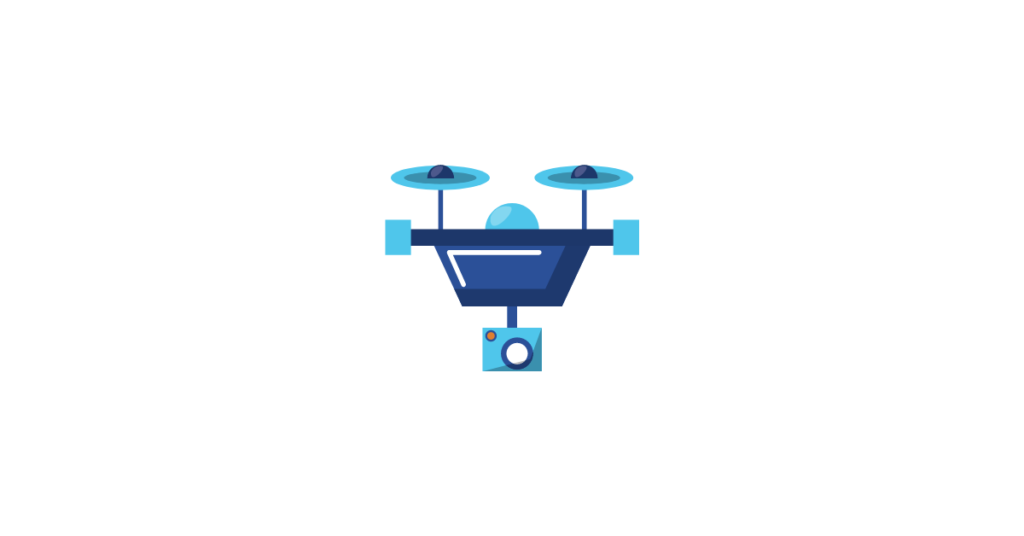Drones can be a fabulous addition to STEM learning, find out how to get started with drones in the classroom here.
.
What is a Drone?
Drones are devices which fly without a pilot on board – they are remotely controlled, either manually (perhaps from a mobile smartphone or tablet) or through programmed instructions. They can be very large and heavy (often carrying cameras, with a big battery capacity to enable long range in the air), or small, lightweight and able to be carried in the hand (with very limited battery capacity and air time but more suited to indoor use in a classroom). Devices suitable for the classroom will be lightweight and cause little issue if they fall from flying. Larger outdoor devices require more risk management and an understanding of the legal requirements as to where and how they can be deployed (for UK legislation about the use of drones see https://www.caa.co.uk/Consumers/Unmanned-aircraft-and-drones/ and https://dronesafe.uk/drone-code/
 .
.
What can you do with Drones in the Classroom?
Drones provide an engaging way to develop mathematical and spatial concepts in the classroom – position, distance and movement in a real 3D environment, the classroom itself. Using coding to program a drone to take off, perform pre-planned movements and land safely, requires learners to put into practice measurement of distance, angle/turn, and spatial awareness – extending skills in coding programmable floor robots in another dimension.
Drones in the English Classroom – a podcast, with a verbatim transcript, of an interview with Santha Walters and on the blog by Vicki Davis about the experiences of getting started using drones in an English language classroom to teach writing, collaboration and more. There is helpful advice about how to get started, developing understanding of safety issues when having flying devices in the classroom, how to build on enthusiasm of the learners themselves to give them greater ownership of their learning, and handy technical tips for using drones in the classroom.
Learning Takes to the Skies – a blogpost by Matthew Lynch about using drones in the classroom. This describes the different skills being which are learned when using drones in a classroom setting and gives examples of drones in different curricular areas as well as cross-curricular.
Click on this link to browse various Tweets which have been shared about uses of drones which have application in educational contexts.
.
What do I need to get started?
So you’d need a drone (such as ones aimed at classroom use provided by companies like Parrot). And you’d need a smartphone or tablet device (such as an iPad or Android tablet) with an app (such as Tynker, Apple Swift Playgrounds or SpheroEdu) which controls the drone. Once these are connected the rest is down to what you are trying to teach – and the scenarios you wish to set up to support learning in a context. Can your learners program the drone to take off, make the outline of a square in the air and then land? Can they make different shapes in the air? Can they make the drone flip upside down? Can they go to above a specific location on the floor, hover, then move to another location before returning to precisely the same as the take-off point?
Here’s a video “Coding with students – Using Tynker and coding with Drones” by Richard Poth – showing how to use the Parrot Mambo minidrone using the Tynker app in a classroom.

Blog Post Credit: Malcolm Wilson


